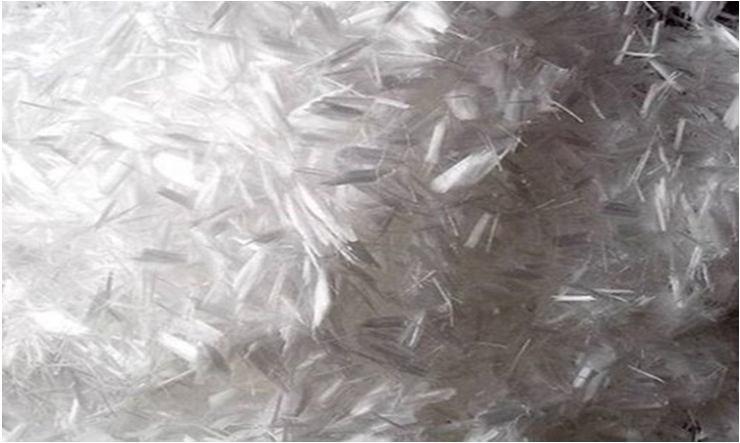
1 minute read
UV resistance High
B. Casting Standard cube specimens with dimensions of 150 mm x 150 mm x 150 mm, cylinder specimens with dimensions of 150 mm in diameter and 300 mm in height for split tensile strength tests, and flexural beam strength test specimens was cast. The samples were kept in relatively moist air and away from vibration during the curing time at room temperature. After two days, the cast specimen is demoulded and labelled with a sign for further identification.
Fig 5. Casting of specimens
Advertisement
C. Curing There are different types of curing methods available for the curing of concrete. The types of curing are given below.
In this study, the membrane curing or self-curing type is done, and the self-curing compound used in this project is Concure WB. Concure WB is an alkali reactive, low viscosity wax emulsion. This technique makes sure that the emulsion instantly degrades to form a non-penetrating continuous layer upon contact with a surface made of cementitious concrete. By preventing excessive water evaporation, this impermeable coating increases cement hydration efficiency, which reduces shrinkage and boosts concrete's strength and durability. The membrane will stay on the concrete surface after it has been produced until it eventually erodes and disintegrates due to weathering. The membrane that remains after curing may need to be removed by wire brushing or other mechanical means if further treatment on this concrete surface is required.
Fig 6. Concure WB




